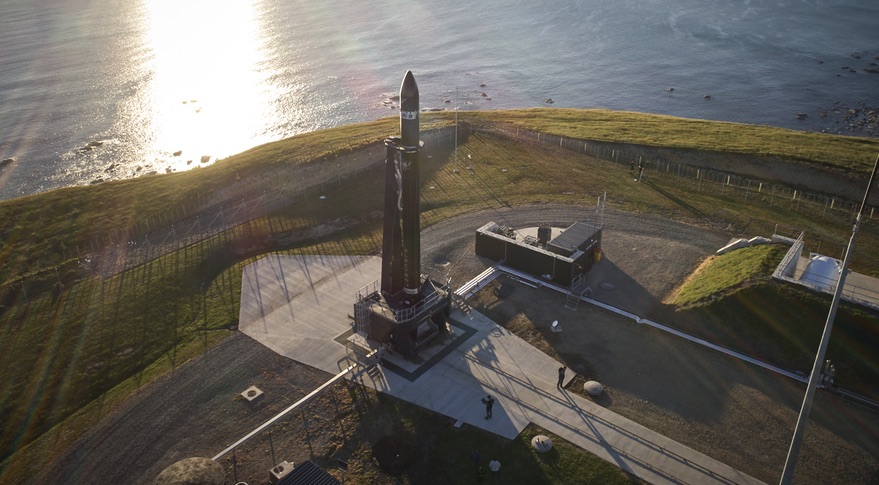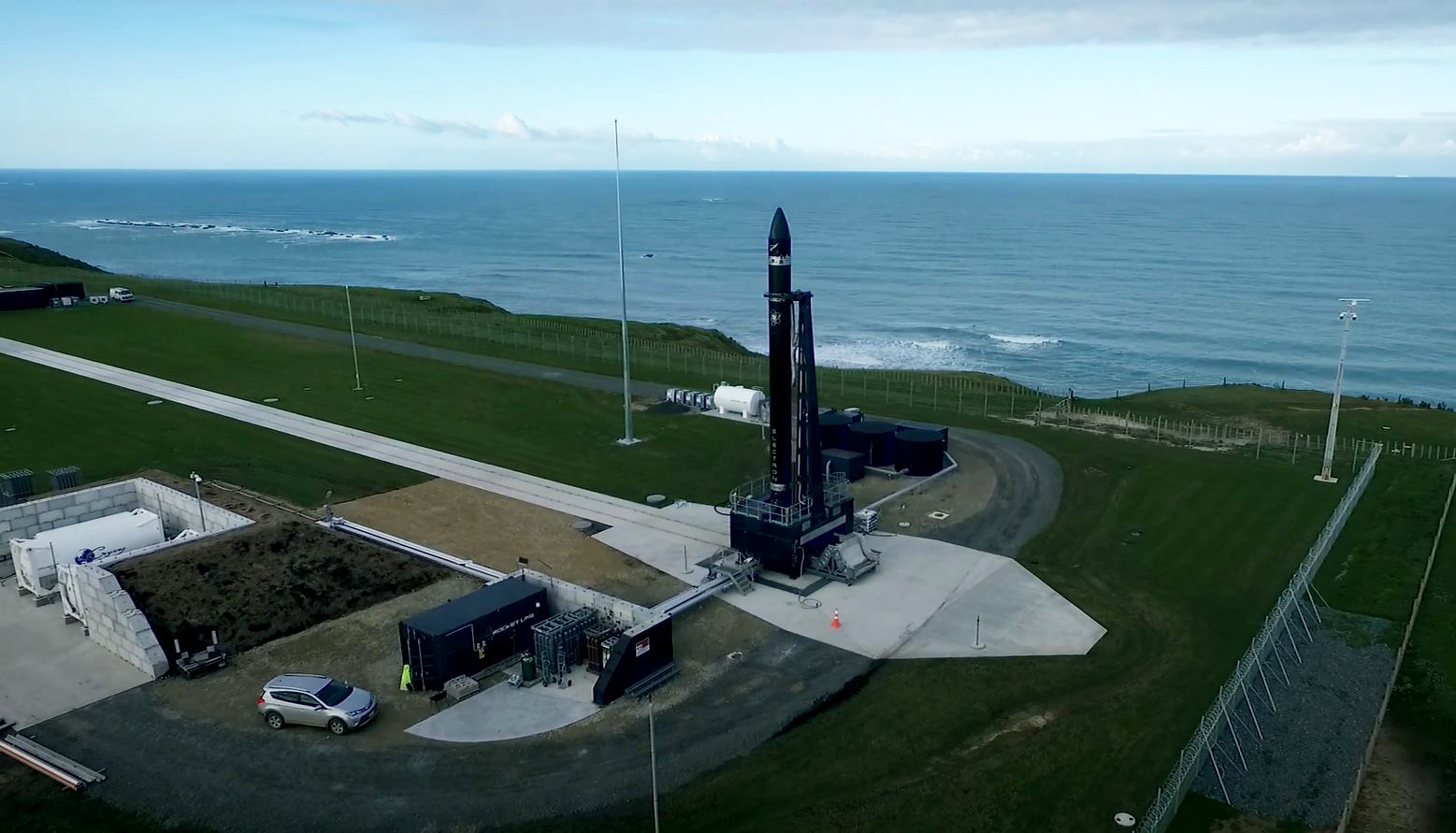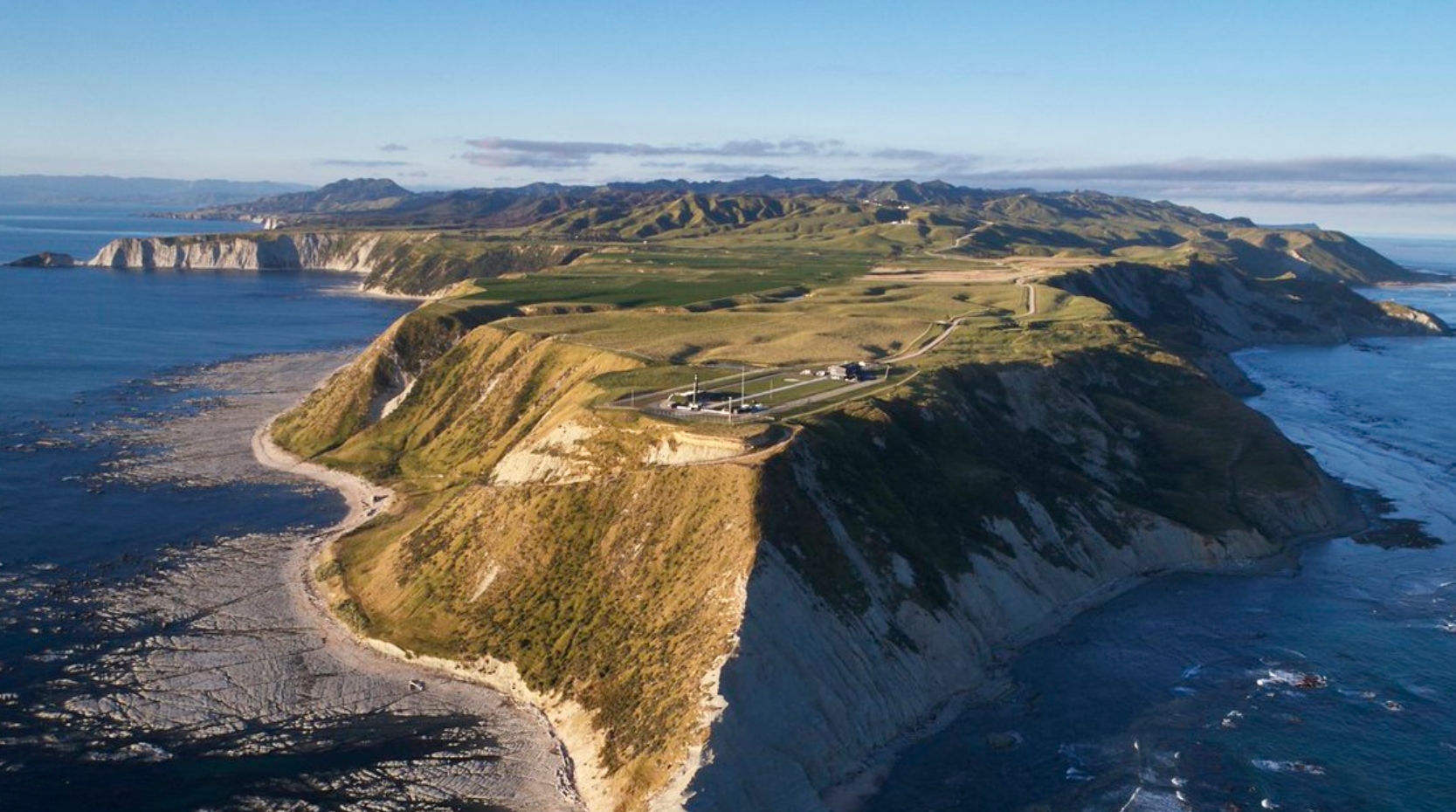
A Closer Look At Rocket Lab’s Launch Sites & Facilities
Prior to practically any type of rocket launching into the air and out of Earth’s atmosphere, it requires a launch complex. These are necessary and often very complex pieces of infrastructure used for launching rockets in a safe and controlled manner. A launch complex consists of many different components and pieces of technology that work together to ensure a successful launch through all aspects.
Rocket Lab has been consistently launching its Electron rocket for multiple years now thanks to the help of different launch complexes and facilities located around the world. Specifically, Rocket Lab uses Launch Complex 1, Launch Complex 2, and additional facilities to facilitate an ambitious launch schedule and more. All of which are necessary if the company wants to continue sending payloads into low Earth orbit and beyond.
Launch complexes are often built in very different ways depending on the launch vehicle it supports. This has to do with the differences in size, power, destination, and much more. Not to mention the launch complex’s location around the globe has an impact on reaching orbit and much more. All of these different factors need to be considered prior to building and launching from these complexes.
Rocket Lab Overview

Over a short period of time Rocket Lab has managed to become a big competitor within the space industry and especially within the small-lift launch market. This has been possible thanks to the company’s continued hard work and ambitious ideas in every aspect. This includes multiple phases such as development, manufacturing, launching, and much more. Here I want to focus on Rocket Lab’s launch sites and facilities that play a key role in their current and future success. Rocket Lab operates two launch sites comprising a total of three pads for the Electron launch vehicle.
Between the two sites, located in New Zealand, and Virginia, Rocket Lab offers more than 130 launch opportunities every year. This helps provide customers with unmatched flexibility for their launch location and schedule. To date, Rocket Lab has 22 launches with 107 satellites successfully deployed. This was possible using the launch complexes built in different locations. With future plans such as Neutron announced to begin shortly, we can expect the company to start working on additional launch pads and complexes. With a much larger rocket and different expectations, these facilities will be necessary for each launch and mission. This infrastructure helps fill rockets with propellant, keep them stable, divert and reduce flames, and more.
Launch Complexes & Facilities

Launch Complex 1 – The first important launch site that Rocket Lab owns and operates that I want to mention is Launch Complex 1. This site is quite well known for its unforgettable backdrop and surroundings. Rocket Lab Mentions that it operates the world’s only private orbital launch range here at this complex. The Māhia Peninsula-based complex is licensed by the FAA and can support up to 120 launches per year. Specifically, this site is located in Hawke’s Bay, New Zealand. Within Launch Complex 1 Rocket Lab operates two pads consisting of Pad A and Pad B. The operation of two launch pads within the launch complex eliminates the time currently required between launches for a full pad recycle. This helps enable truly responsive launch opportunities, providing Rocket Lab with the ability to launch back to back within hours rather than days, weeks, or even months.
As the company continues to speed up its launch process, the launch complexes and pads can easily slow down the entire operation if not accounted for. This is part of the reason many companies and agencies including Rocket Lab invest a lot of time and money into high-quality launch complexes. This launch site also includes a Command and Control Facility located 2.5 kilometers from the launch pad. This location houses workstations for flight safety, payloads, launch vehicle teams, and the launch director. This is also the location of the tracking antennas on the day of launch, supported by a downrange facility on the Chatham Islands. In addition, there are multiple offices and a large Vehicle Integration Facility & Cleanrooms helping with the launch operation.
Launch Complex 2 – The next main launch site that Rocket Lab operates is Launch Complex 2 in the United States. Rocket Lab operates a launch site for the Electron launch vehicle from a dedicated pad located at the Mid-Atlantic Regional Spaceport within the NASA Wallops Flight Facility in Virginia. Launch Complex 2 represents a new responsive launch capability for the United States on home soil. Rocket Lab has and continues to plan missions with the United States government and much more. This complex is tailored for U.S. government small satellite missions, but it can also support commercial missions as required. This makes Rocket Lab a much more appealing option to practically every customer within the United States because of the convenience and confidence it provides.
While Launch Complex 1 can support 120 launches per year, Launch Complex 2 can support up to 12 missions per year. Not quite as much but still a big benefit to the company and Electron in general. This site is located on the east coast of the U.S. in Virginia and can support launches to inclinations between 38 and 60 degrees. In addition, within the Wallops Research Park, Rocket Lab operates an Integration and Control Facility or ICF. This facility is dedicated to secure vehicle and payload processing facilities. The same facility can process several Electron vehicles concurrently, enabling rapid and responsive launch opportunities.
General Facilities – Lastly, I want to mention some of Rocket Lab’s additional facilities that are very important to the company’s day-to-day operations. Aside from the two launch complexes, Rocket Lab operates a manufacturing headquarters in Long Beach, California, a production complex in Auckland, New Zealand, and multiple test facilities in New Zealand. Starting with Rocket Lab’s Auckland Production Complex that is located 20 minutes from the Auckland International Airport. This facility is the location of Rocket Lab’s Research and Development team, and includes engineering, manufacturing, and test personnel under one roof. For added convenience, the engine test cell and stage test cell are also located within driving distance of the Auckland office. In addition, Rocket Lab Mission Control is also based in the same facility.
Next is Rocket Lab’s headquarters in the United States. Rocket Lab has dedicated a portion of HQ specifically to their customers, with meeting areas, office space, and a Customer Control Center with connectivity to Auckland, Mahia, and any future launch sites. This headquarters includes production, payload processing, office facilities, and the company’s Mission Management team. All of which work together with the launch sites mentioned above to keep Rocket Lab operating and improving each day. Along with this, Rocket Lab highlights the work and attention they put into not only safety but security, both are necessary when operating a revolutionary rocket company across the world.
Conclusion
Rockets are unbelievably complex pieces of technology and engineering. This not only includes the rocket itself but the countless amounts of infrastructure needed to develop, manufacture, and launch each vehicle. With companies like Rocket Lab continuing to speed up and increase the number of launches each year, they require high-quality facilities and launch complexes. Specifically, Rocket Lab uses Launch Complex 1, Launch Complex 2, and additional facilities to ensure ongoing launches and success. All of which are necessary and will continue to grow as Rocket Lab introduces more ambitious ideas and goals. We will have to wait and see what Rocket Lab develops and the impact it has on future launches and more.
